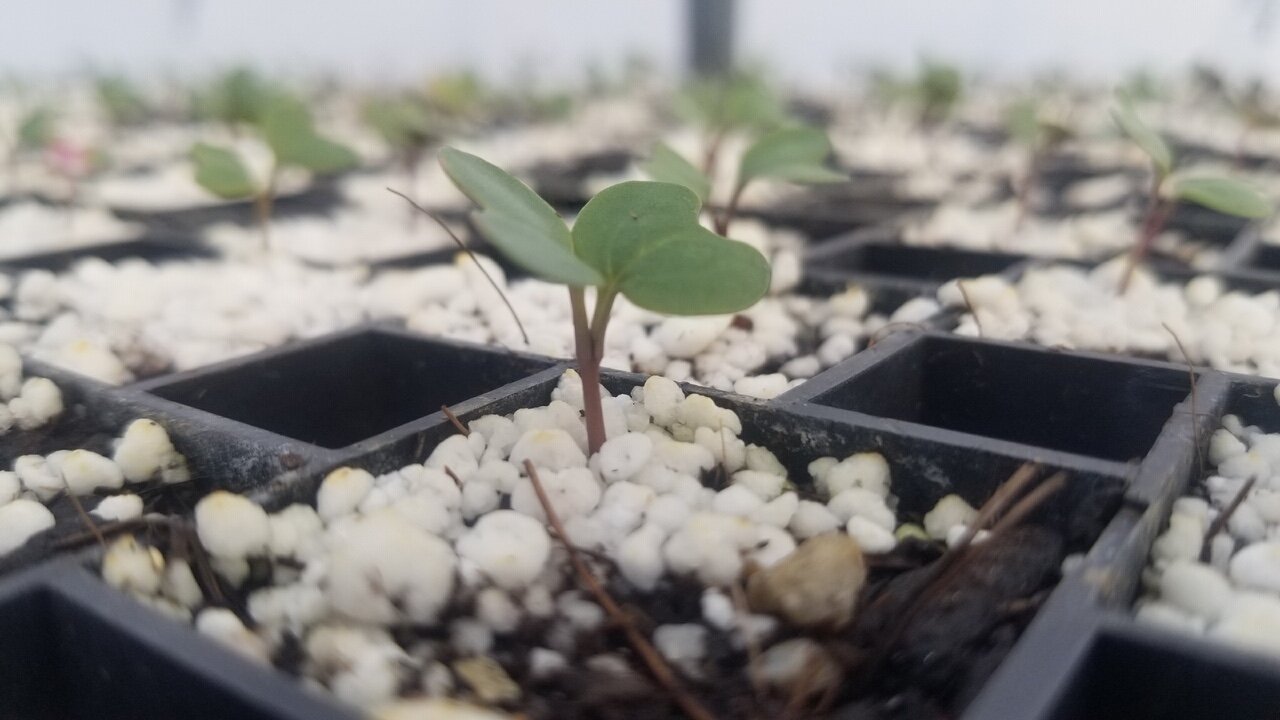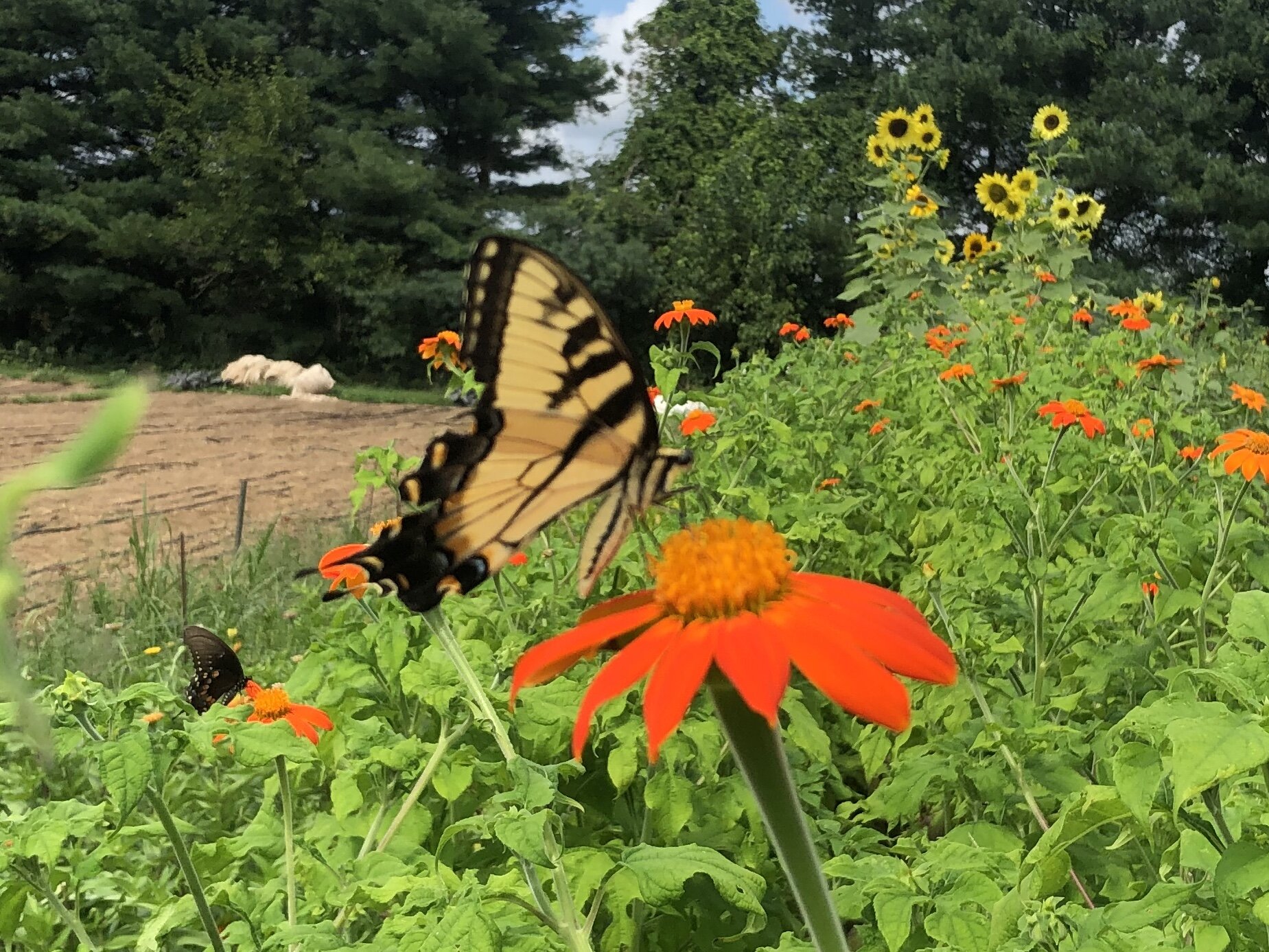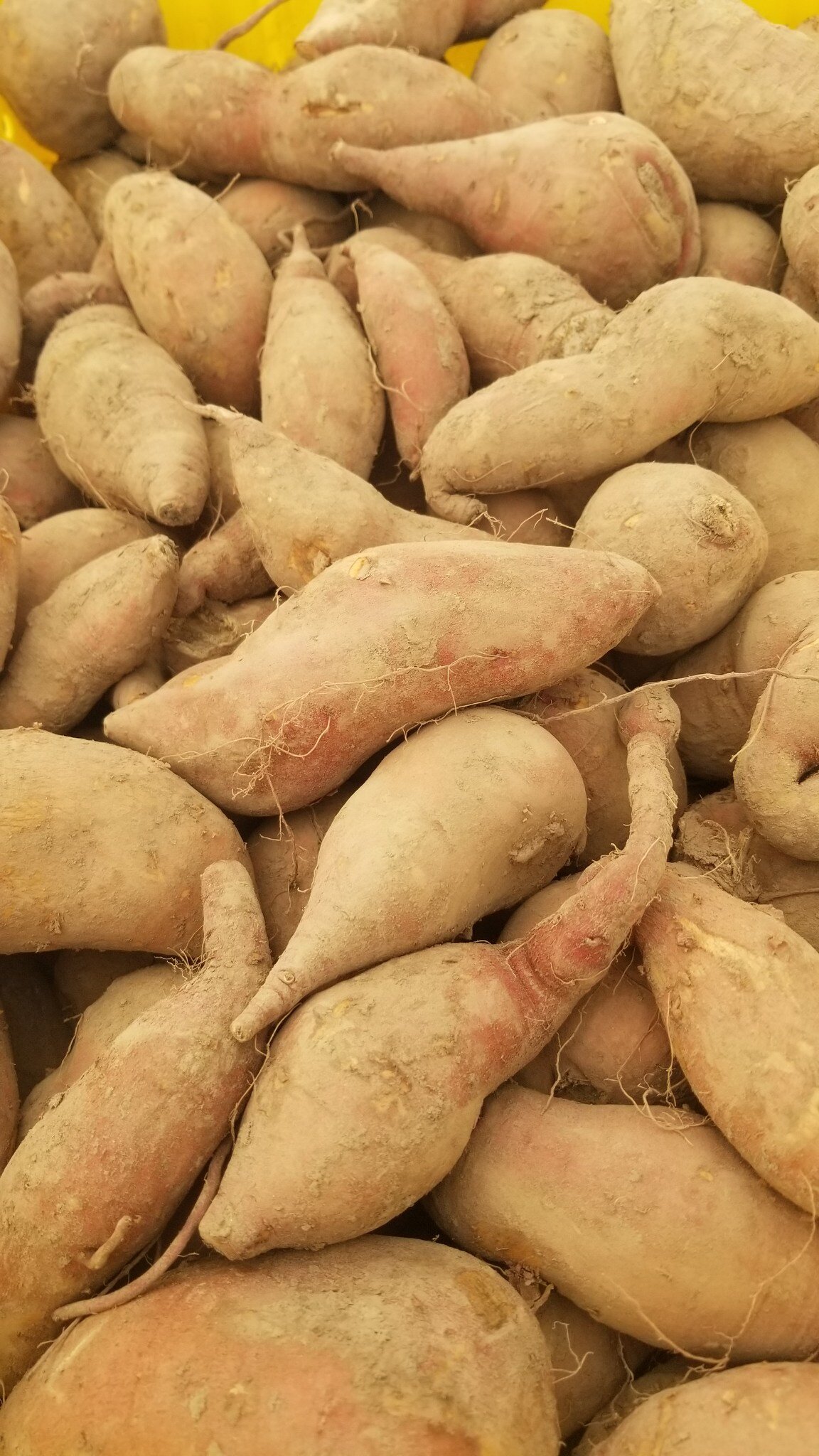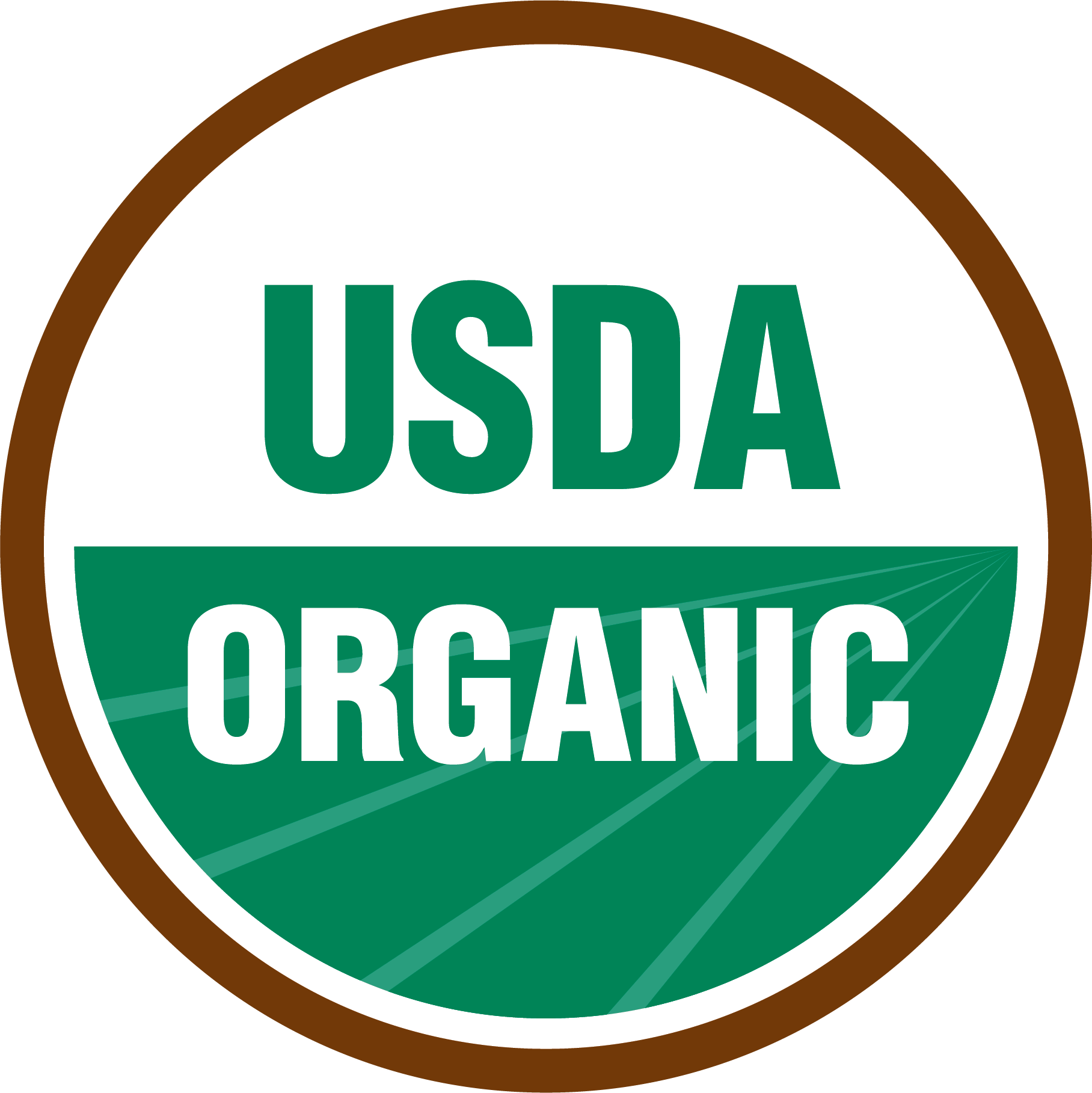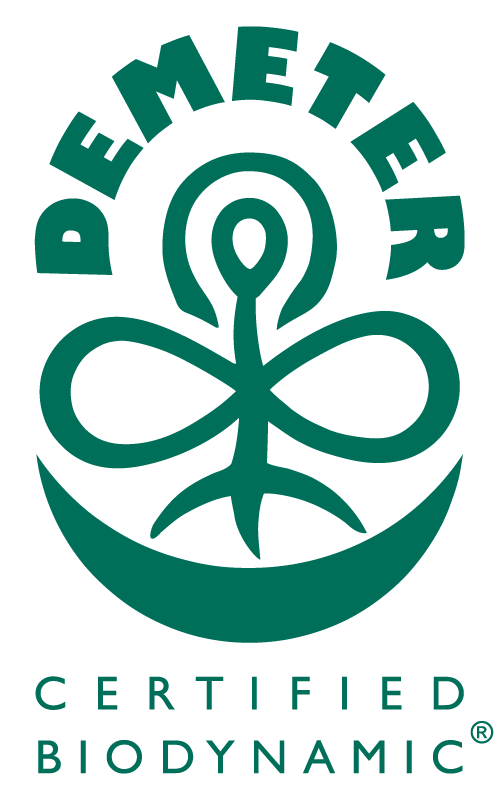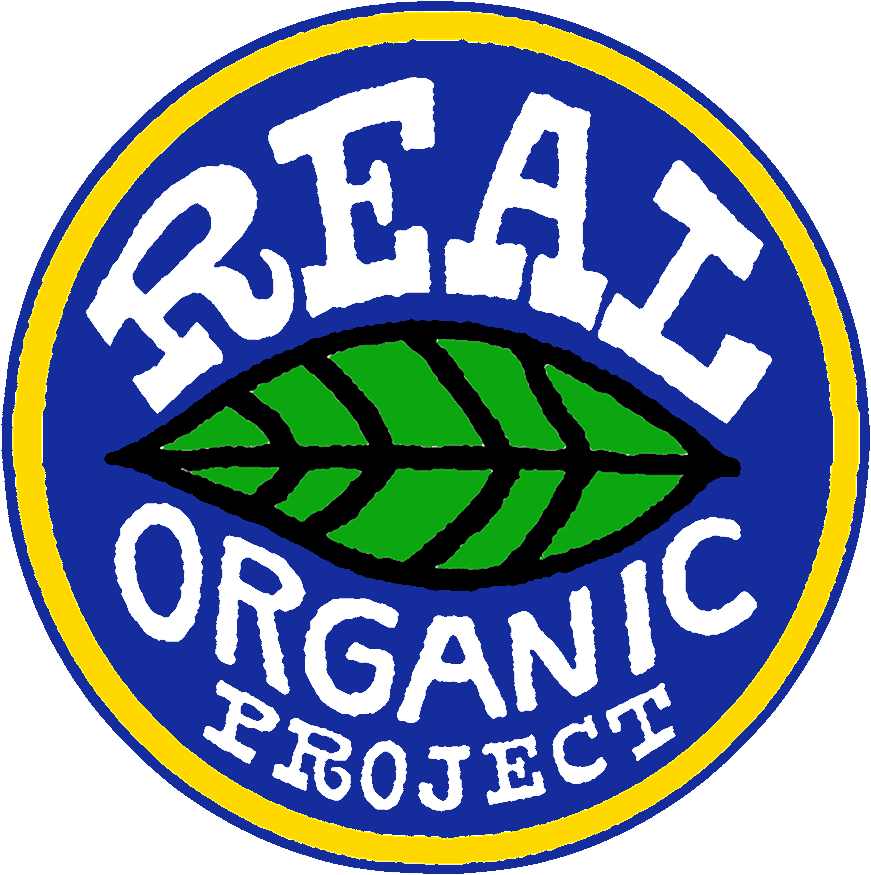Dear Kimberton CSA community,
Last October we put out a newsletter titled Healthy Soil = Healthy Food = Healthy People. It discussed the then recent Rodale publication, Regenerative Agriculture and the Soil Carbon Solution and how it related to us sowing our winter cover crop (green manure). We ended the newsletter with the admission that our regenerative farming system here at KCSA is not perfect, but we do the best we can with what we got! Moreover, we highlighted that our aim every season is to improve our system, to not only produce healthy, nutrient-dense veggies, but to also build up our soil, its organic matter and ultimately sequester carbon.
Since Frank and I took over managing KCSA in 2017 (yes, it’s been over four years!), we have developed our system intentionally to reduce the amount of tillage we do out in the fields. This has included minimizing the intensity, depth and frequency of using our primary tillage implements (discing and harrowing) and essentially retiring our 3-point hitch rototiller from service. Although there is much debate in sustainable agricultural circles on the efficacy and practicality of introducing no-till systems, especially on medium to large scale farms, we are of the mind that any reduction in tillage is a good thing. There is no denying that dragging big chunks of metal through any soil will damage its structure, kill organisms, destroy aggregates, rip up fungi and accelerate oxidation, which, in turn, breaks down organic matter quicker and releases CO2 into the atmosphere.
Now, to make this newsletter even more confusing to members, part of the benefit of tilling is, in fact, accelerating that oxidization! By releasing the CO2, more bio-nutrients become available in the soil for our veggies to gobble up! Each of the four agricultural revolutions (cultivation, soil husbandry, mechanization and industrialization and, the most recent, green revolution) cite, in part, advantages and efficiencies in tillage. In fact, oxidization is a key component of biodynamics, as oxygen is “alive” and “warm” in aerated soil, rather than idling “dead” and “cold” in the air above the soil. Aerating the soil through tillage produces a more bacteria-rich soil, which is good for growing annual vegetables (and weeds!!!), as opposed to a fungal-rich soil, which is more apparent in perennial (and natural) systems.
Simply put, the goal of an organic tillage system is to essentially replace the organic matter you “burn” off, in addition to the bio-nutrients you extract from the soil, through the vegetables you grow. This is done via the addition of compost, fertilizers, mineral amendments and green manure. Diversifying what you grow and rotating these different crops throughout the farm so you don’t take too many of the same nutrients from the same area of the farm year after year is also important. Alternatively, in an organic no-tillage system, the goal is to minimize the “burn” off. So, instead of working and remediating the soil you have, no-till systems essentially build up the organic matter on top of your soil through the same application of compost, fertilizers, mineral amendments, and green manure, reducing the volume of these over time. In essence, by switching to a no-till system, a combination of mulches (both biodegradable and non-biodegradable) replaces the tillage.
Biodegradable mulches include living mulches that are essentially crimped cover crops or loose dead mulches (e.g., hay, straw, leaves, compost, wood chips) that are spread on the soil. Non-biodegradable mulches include reusable clear plastic tarps for solarization or opaque landscape fabric or tarps for occulation.
Solarization essentially creates a very intense greenhouse effect in the very top half inch or so of the soil. At the height of summer, you can cook plant residue, weeds and weed seed within a 24hr window, meaning you can harvest Tuesday morning and then transplant something else in the same bed the next day without disrupting the soil.
Occulation, on the other hand, blocks the sun, preventing photosynthesis and slowly returning any plant residue back to soil. Because occulation is a lot cooler than solarization, the process takes much longer. However, occulation is warm enough to increase all manner of soil life under the tarps including the germination of weed seeds, which then end up dying due to lack of sunlight.
As you can imagine, timing is key with all of these no-till methods. And time is exactly what I have run out of here today! We’ll pick this conversation up in a couple of weeks in the next newsletter! Spoiler alert…it’ll be called, To till or not to till, Part II!
Cheers,
Andrew


